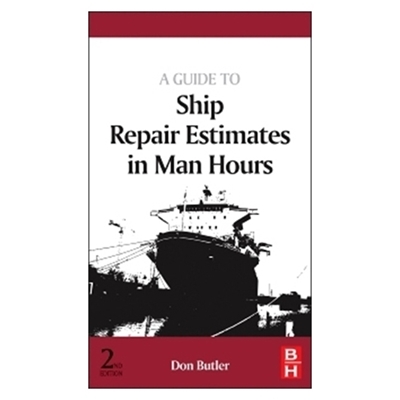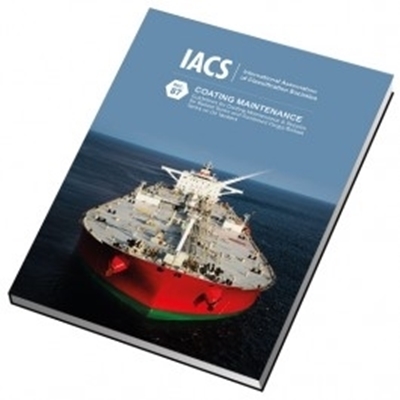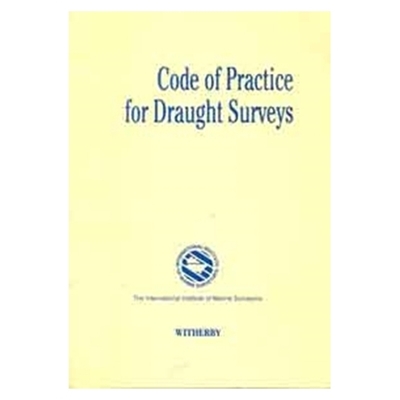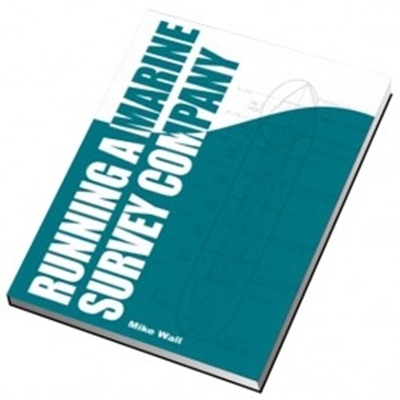Close
- Graphiques et Publications
-
Industrie Maritime

-
Nautique

-
l'industrie de la Terre

-
L'équipement pour les ports
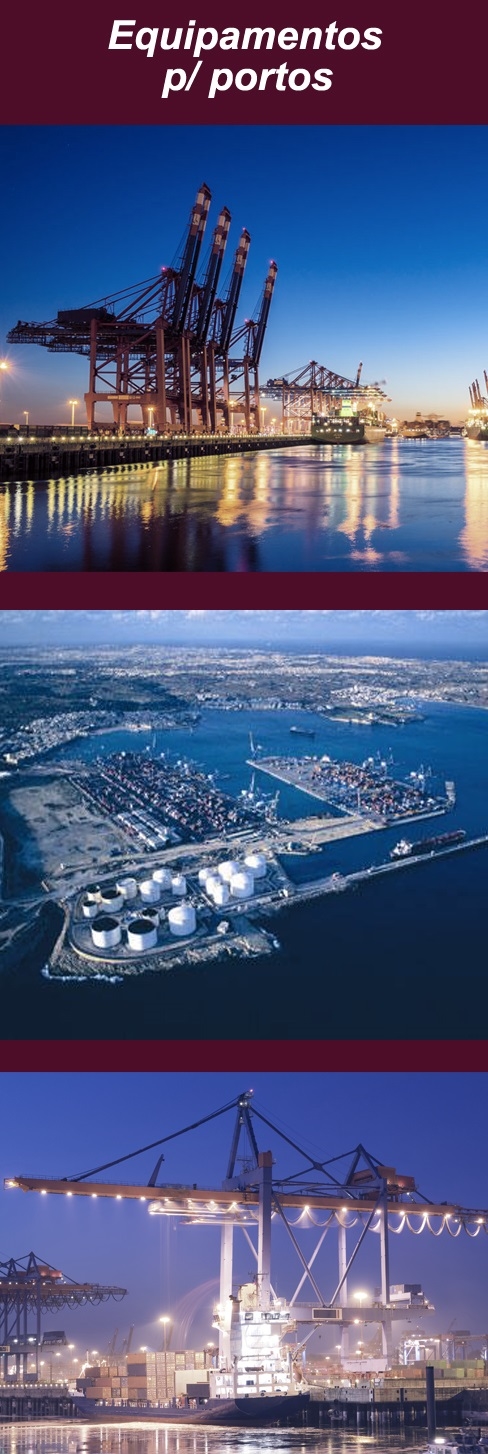
- Proteção Covid-19
- Sobre Nós
- Novidades
- Marcas
- Contactos
- Serviços
- Articles
Menu
(0)
items
You have no items in your shopping cart.
All Categories
Menu
Shopping cart
Filters
Personal menu
Preferences
Search
- Home /
- Graphiques et Publications /
- Publicações /
- Ship construction, Repair, Stability, Surveying and Vetting /
- Inspection Repair and Maintenance of Ship Structures 2nd Edition
Produtos Relacionados
-
A Guide to Ship Repair Estimates in Man-hours, 2nd Edition 2012
Call for pricing -
Code of Practice for Draught Surveys
Call for pricing -
Elements of Modern Ship Construction
Call for pricing -
Guide to the Vetting Process, 12th Edition
Call for pricing -
Introduction to Naval Architecture, 4th Edition 2004
Call for pricing -
Marine Classification Society Surveying
Call for pricing -
Merchant Ship Construction (out of print)
Call for pricing -
Merchant Ship Stability
Call for pricing -
Running a Marine Survey Company
Call for pricing
Customer service
Contact Us
- Praceta Augusto Dias Silva, 94 2B 2785-521 Sao Domingos de Rana
- info@jgarraio.pt
- Tel.: +351 213 473 081

Copyright © 2024 JGARRAIO. All rights reserved.
As fotos apresentadas podem não corresponder as configurações descritas.
Preços e especificações sujeitos a alteração sem aviso prévio.
A J. Garraio declina qualquer responsabilidade por eventuais erros publicados no site.
As fotos apresentadas podem não corresponder as configurações descritas.
Preços e especificações sujeitos a alteração sem aviso prévio.
A J. Garraio declina qualquer responsabilidade por eventuais erros publicados no site.
All prices are entered including tax. Excluding shipping
Powered by nopCommerce
Desenvolvido pela Agência PRIMEWAY - Plataformas Digitais • Design • Marketing Digital
